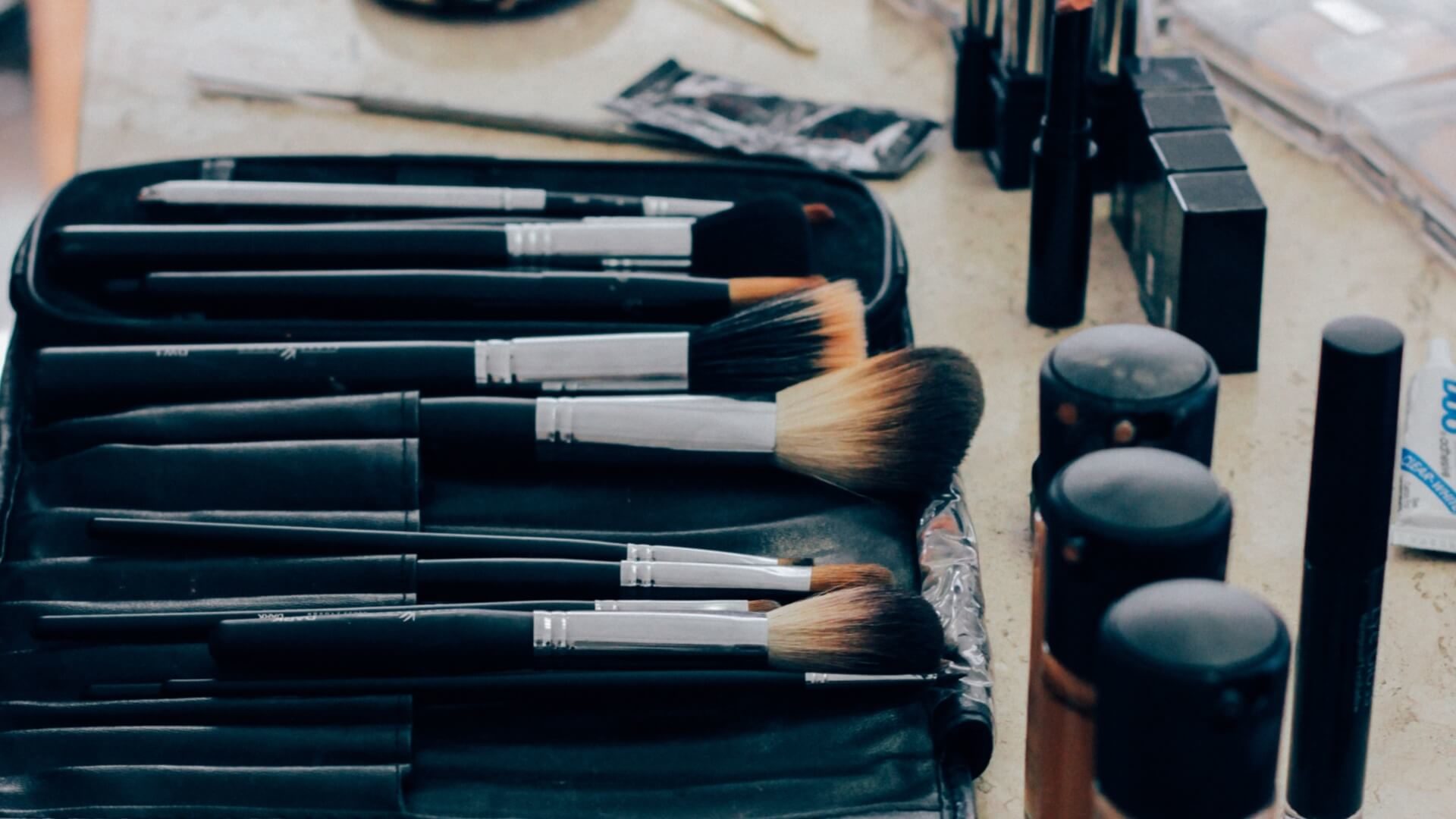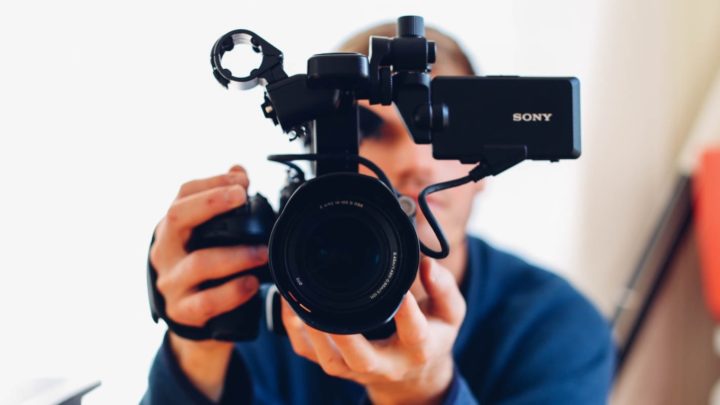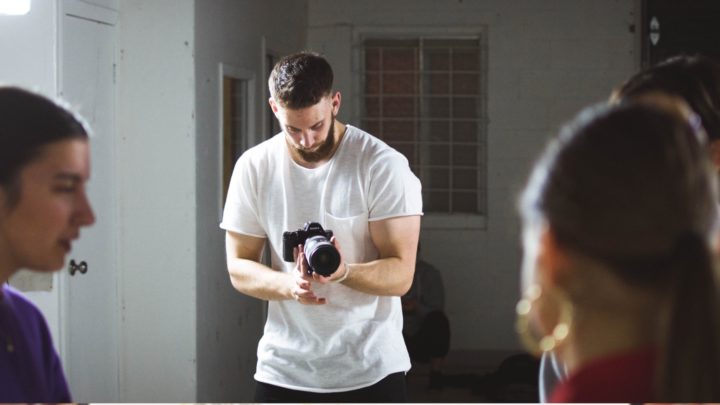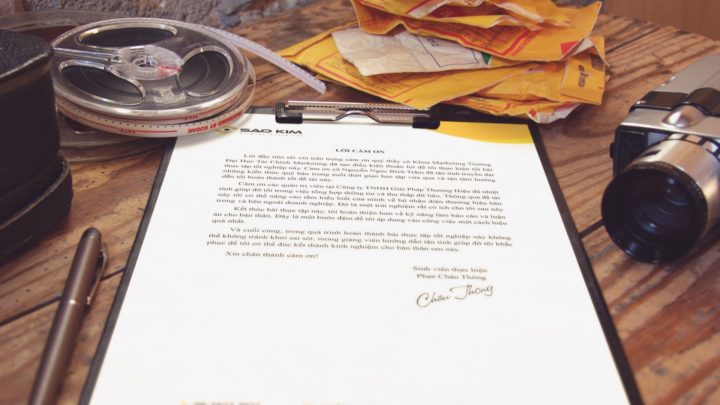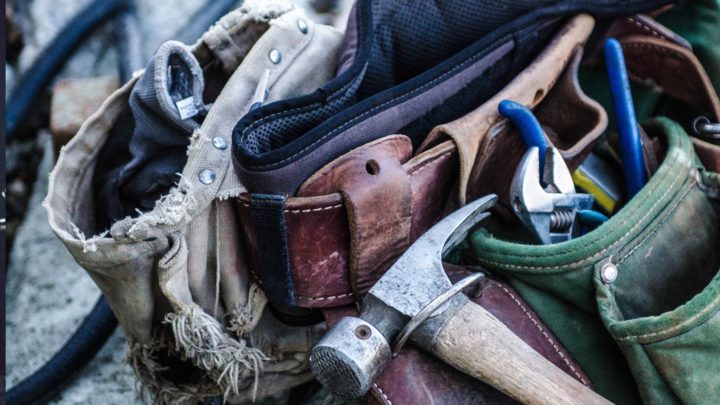Hair and makeup are a vitally important part of the filmmaking process, even if it’s not always obvious.
Even when they aren’t painting actors to look like aliens, hair stylists and makeup artist help the director tell stories about characters and help the cinematographer make their vision a reality.
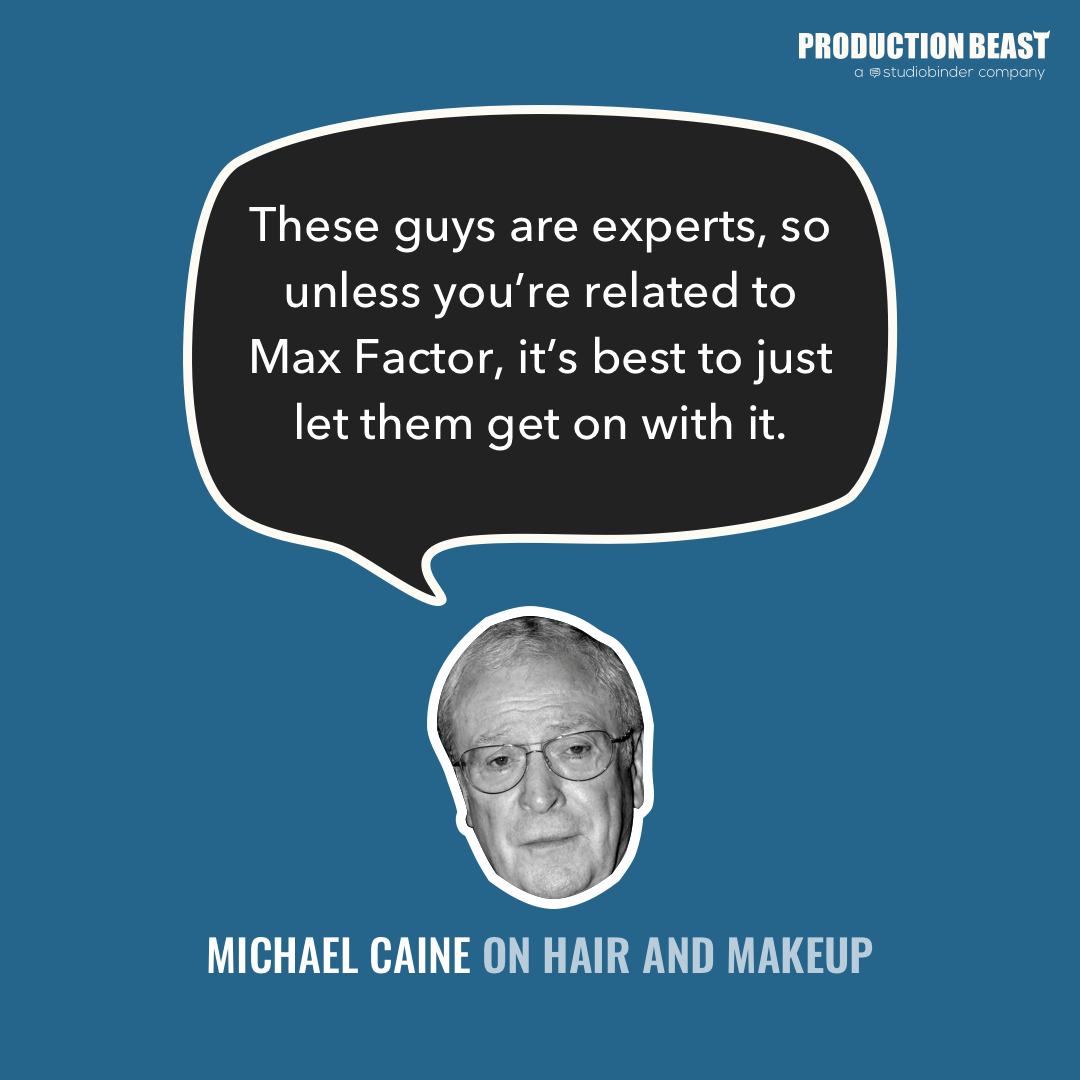
Whether you’re fresh out of cosmetology school or just starting out with dreams of a Best Makeup Oscar in your head, here’s how you get your start in hair and makeup.
What is the hair and makeup department?
While hair and makeup are, technically, two different departments, they’re often referred to as one. An actor’s first port of call upon arriving on set isn’t hair, then makeup. It’s hair and makeup.
They work together hand in hand, often share trailer space, and on smaller shoots, may even be the same person.
Hair Stylist Duties
Hair stylists cut and style the actors’ hair in whatever manner is required for the character. A hero’s perfect spit curl one day, crazed bed-head another, and next week it to look like it’s been in an explosion.
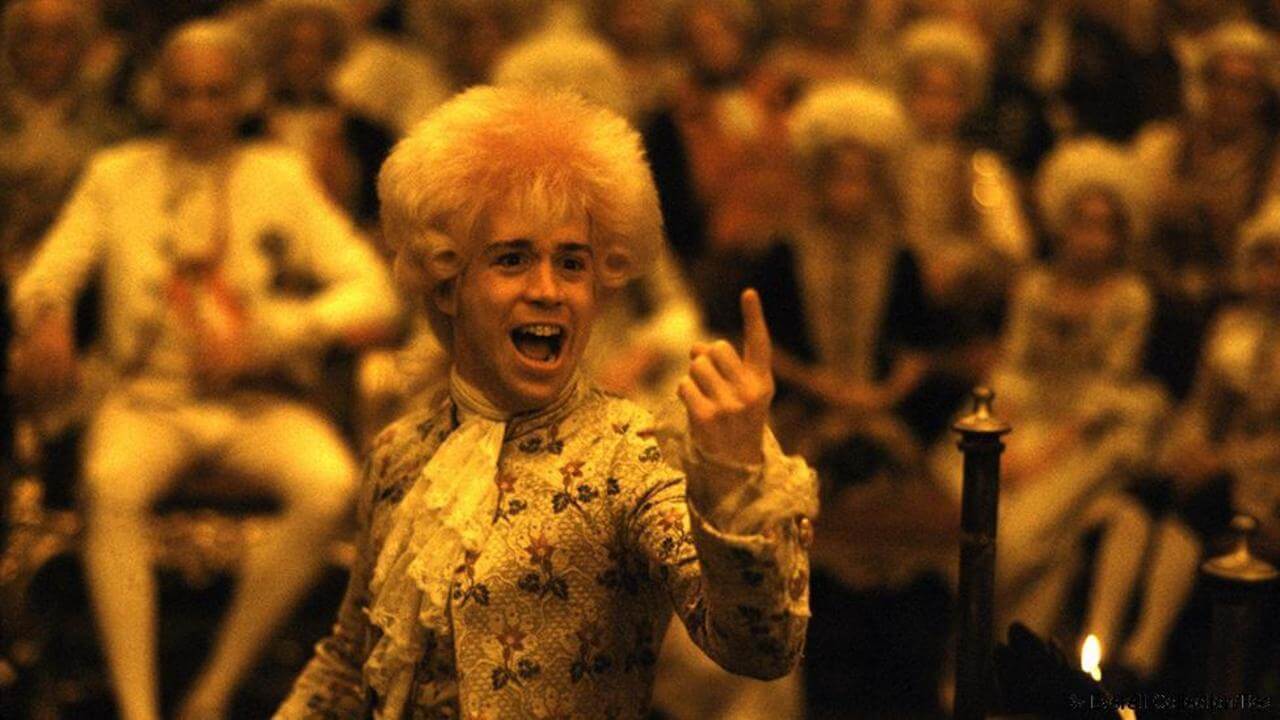
The elaborate wigs of Amadeus (1985) won it the Academy Award for Best Makeup and Hairstyling
They’re also in charge of all wigs and bald caps to be applied over the course of the shoot, as well as caring for the health of the actors who have to wear them.
A poorly applied wig can easily damage an actor’s scalp quite badly upon removal, or even over the course of a working day.
Makeup Artist Duties
Makeup artists are in charge of applying movie makeup to all the actors. Not just choosing which cosmetics a female character might use, but designing looks for all characters.
These can be used to achieve certain effects (making someone look dirty or sinister) or simply to prepare an actor’s skin to reflect the lights the cinematographer is setting up properly.
This is also known as making someone “Camera Ready." Even if a character doesn’t need any particular makeup, they still need to be made up for the hash lights and an HD camera that captures EVERYTHING.
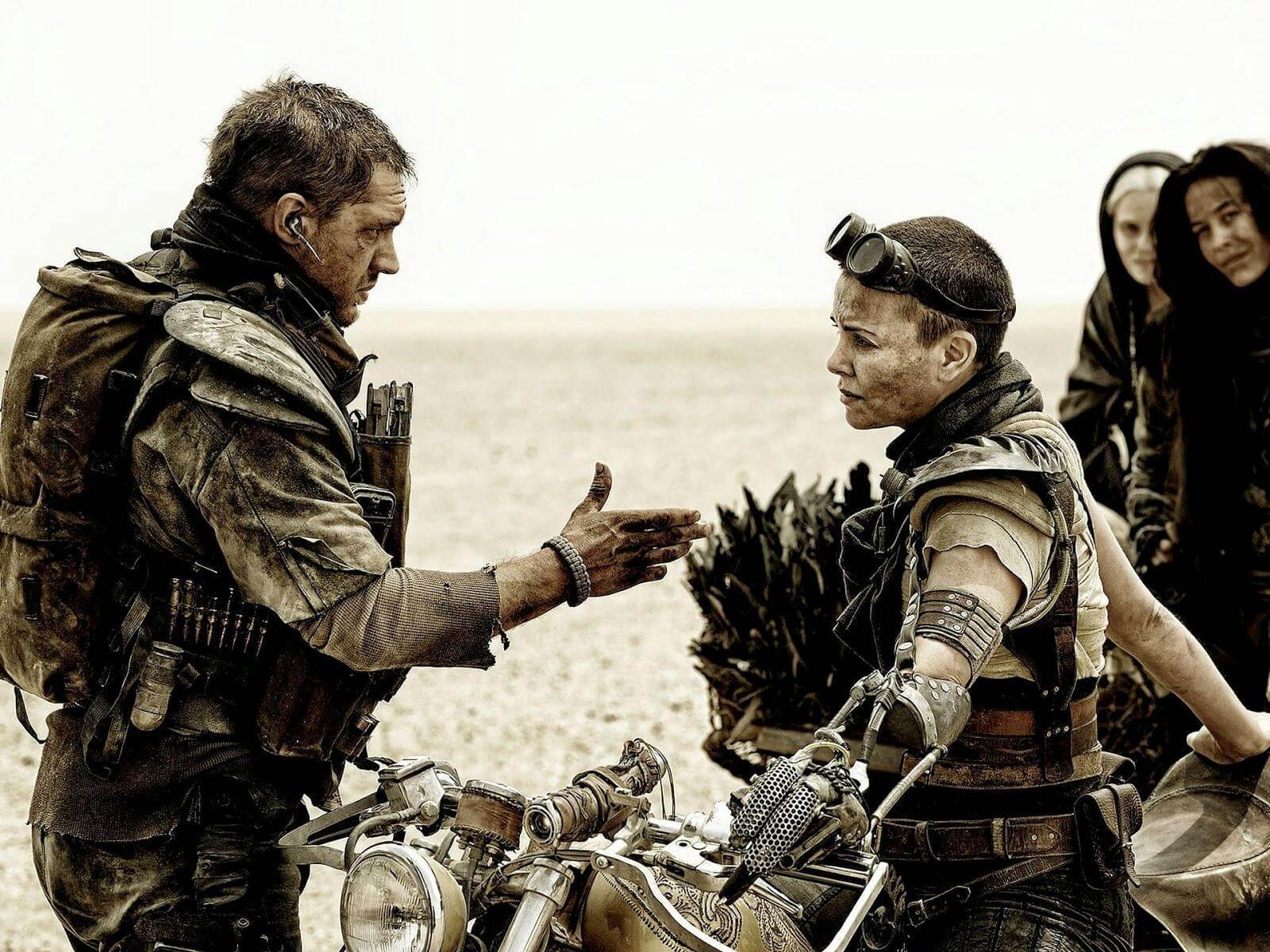
Mad Max: Fury Road (2015) earned an Academy Award for Best Makeup and Hairstyling
As Hollywood pushes to become more diverse, expert makeup artists and hair stylists are more in demand than ever in order to properly prepare actors of diverse skin colors and hairstyles to be camera ready.
Who does hair and makeup report to?
Film sets are very hierarchical. Even the smallest short is an incredibly complex procedure, and a clear chain of command is vitally important.
Key makeup artists and key hair stylists led the hair and makeup departments. They both report to the production designer (or art director) who then reports to directors themselves.
On larger shoots, the keys supervise a team of hair stylists and movie makeup artists to ensure every actor gets appropriate attention.
It’s common for the key to take the lead on the main characters, while their subordinates handle everyone else, from supporting cast to extras.
Some major stars have hair stylists and makeup artists they prefer to work with on every shoot. A star might have a favorite celebrity hair stylist, for example.
That celebrity hair stylist would work only with the star, but would still do so in consultation with the key hair stylist, reporting to the production designer.
If a shoot needs them, special effects makeup artists might work under the key makeup artist or in their own department that reports to the production designer.
It all depends on the complexity of the special effects makeup and how important the lead special effects makeup artist is.
The social hub on set
There is one other aspect to hair and makeup, although it’s never an official one and it’s not taught in cosmetology school.
Hair and makeup is usually the social hub of any film set. It’s where everyone has to go at the beginning of their day and the last place everyone has to go before they leave.
If someone has a bad attitude at hair and makeup, it will spread throughout the set, and no one ever did good by having a reputation for a bad attitude.
By the same token, if someone’s having problems, the hair stylists and makeup artists are usually the first to hear about them.
Just think about how much you tell your hairdresser or barber, and you might start to get an idea.
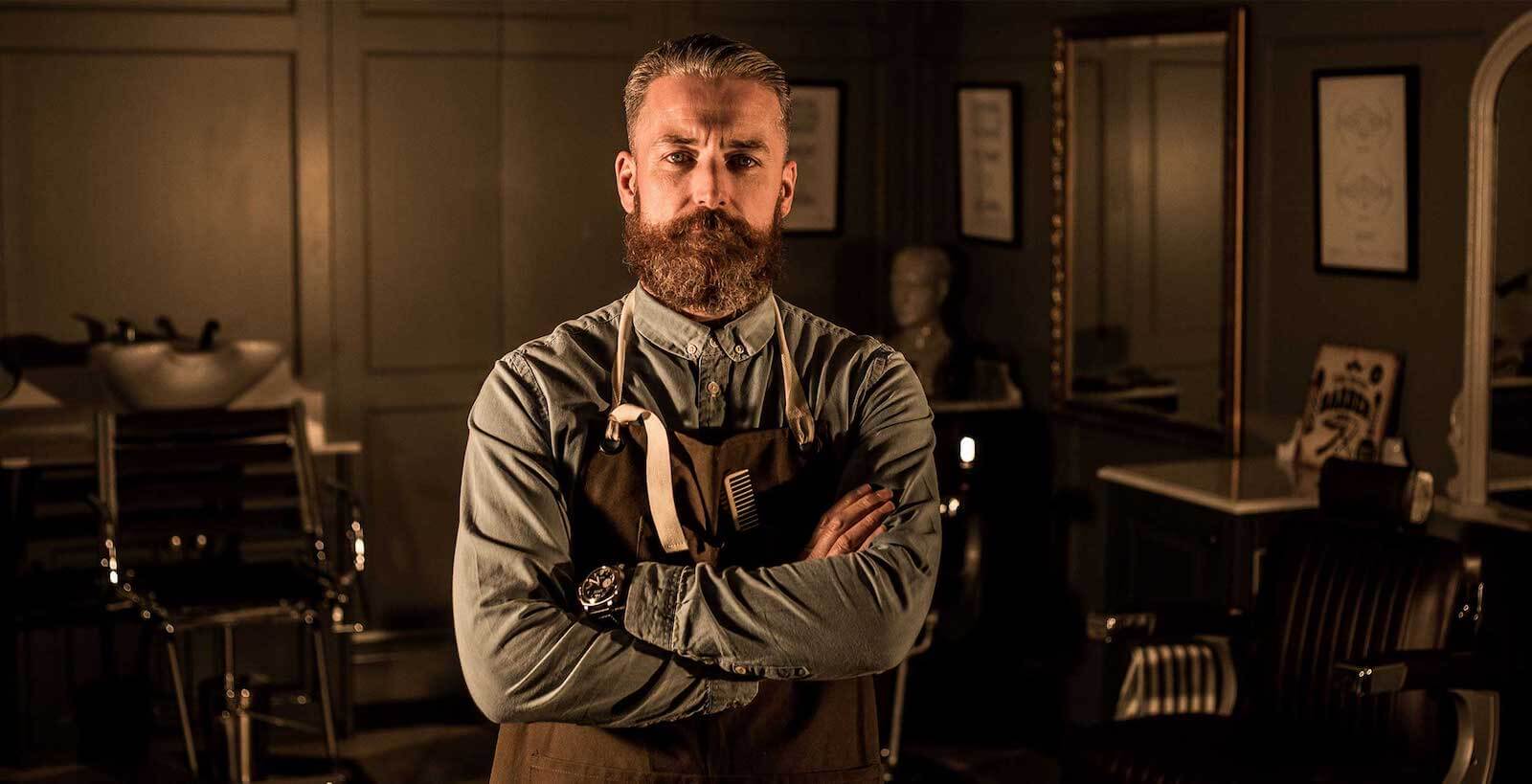
This hair stylist knows secrets like you wouldn’t believe.
A smart director uses their hair stylists and makeup artists strategically in helping to manage the emotional health of their set, and smart 1st AD knows where to go to learn about problems before they fester.
How to Become a Makeup Artist or Hair Stylist?
Of course, before you can earn a film hair stylist’s salary, you need to have a film hair stylist’s skills. While there are some subtle difference when you start to specialize as specifically a hair stylist or a makeup artist, their paths are similar.
1. Attend cosmetology school
Cosmetology school is not a requirement towards becoming a professional hair stylist or makeup artist on set. That is, you’re unlikely to see a listing on ProductionBeast that specifies that you have attended school.
However, while it may not be required, most working hair and makeup professionals do choose to go that extra step.
There are plenty of youtube tutorials out there to help you get your start, especially in makeup, but there’s nothing like cosmetology school to give you the full breadth of training.
This is especially true for those wondering how to become a hair stylist in film. There aren’t a lot of chances to practice with wigs outside of theater or cosmetology school.
You’ll also likely find less willing guinea pigs to practice on.
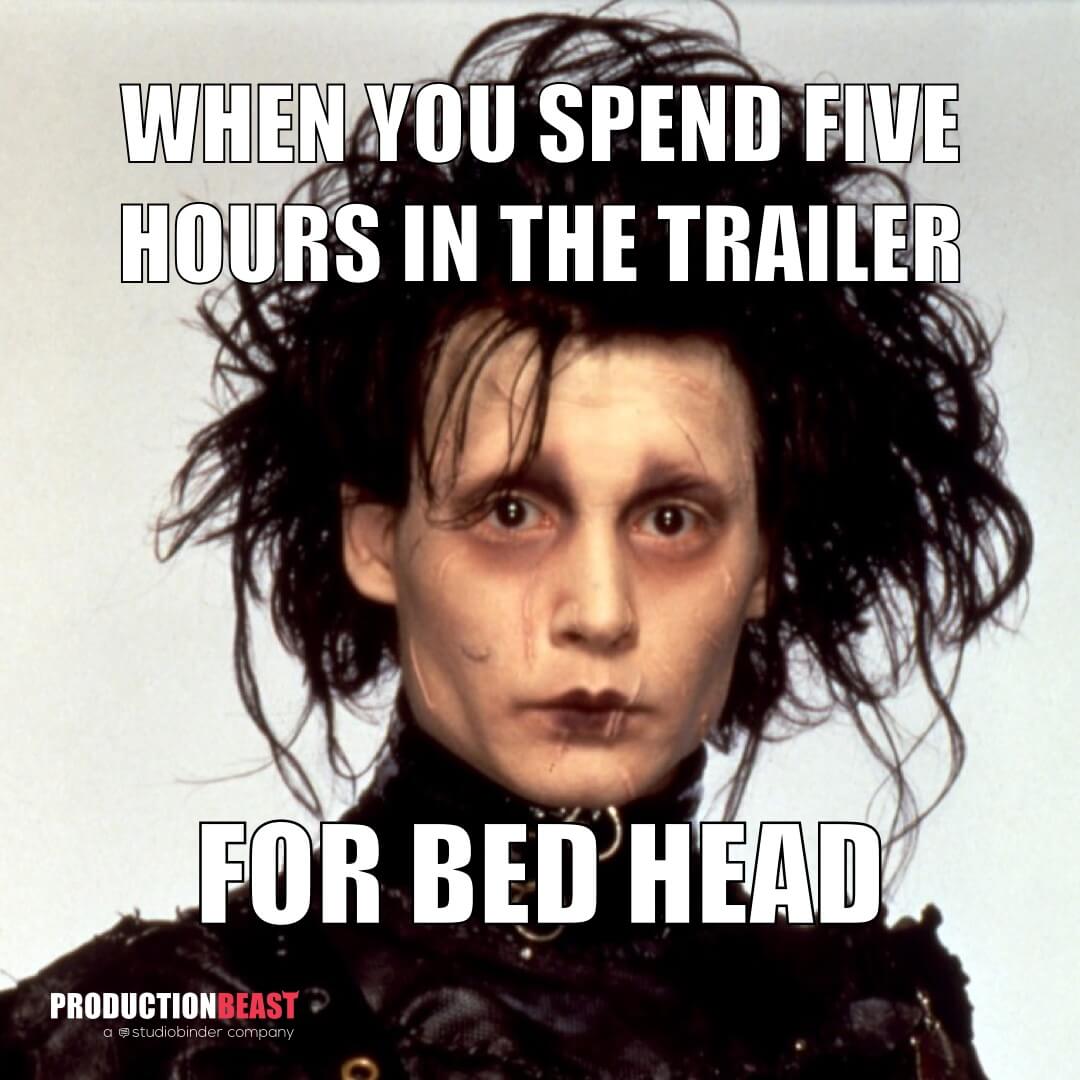
Los Angeles has some of the best cosmetology schools in the country, and several offer specialized courses for film makeup and hairstyling. If it’s within your budget, consider moving out to the West Coast.
After all, if you want to make it a career, you’ll likely have to move out here anyway.
But all that learning can’t make up for some hard experience.
2. Work behind the salon chair
A lot of film hair dressers earn their stripes working behind a salon chair. Aside from giving you a steady source of income between shoots, it also gives you experience working with real hair and opinionated customers.
This will be important later when you have a director making demands in one ear and a movie star in another.
But both makeup artists and hair stylists could benefit from spending some time on set. Open up ProductionBeast and search for production assistant jobs.
Be the best PA you can be. Keep in touch with ProductionBeast’s networking tools -- these will be your future employers one day.
More importantly, though, pay attention to how the makeup artists and hair stylists do their jobs. The hair and makeup needs of a film set are different from that of the studio.
Not only will you be asked to make people look intentionally ugly, you’ll be asked to keep close track of how everyone looks.
The script supervisor covers continuity, yes, but your job is to help them as best you can.
3. Read the script
This is less cosmetology school and more film school, but if given the opportunity, always read the script before starting a job.
It’s one of the key elements in discovering how to become a makeup artist for film. Because you are, above all else, a makeup artist and hair stylist for film.
You can practice by reading the scripts of some of your favorite films and how they handled hair and makeup.
Scripts for winners of the Academy Award for Best Makeup and Hairstyling are often readily available on the internet -- download those and give them a read.
Like everyone else on set, the hair and makeup department is there not to make any one person look amazing, but to service the movie. That means understanding the director’s vision and the intention of the screenwriter.
If you’re a key, this will help you when you start talking to the production designer and cinematographer. If you’re just a hair stylist or makeup artist, it will help you prepare for each day’s work.
Keys love working with people who are prepared.
4. Be a good listener
Aside from being a good life skill, being a good listener is invaluable part of how to become a makeup artist or hair stylist.
Firstly, you’ll have to listen to direction from the key, the production designer, or director. Even celebrity hair stylists have to take good direction to match the vision of the film.
Secondly, you’ll need to listen to the actor you’re working on. Not just if they’re happy with the way they look, but if something is painful. Unexpected allergies are not uncommon and can be quite serious.
Finally, you’ll want to be good at listening to people’s problems. Fairly or not, many larger Hollywood take the attitude that the makeup artist is something of an on-set therapist.
An director might send an overwrought star to your chair to have their hair and makeup touched up and given a chance to collect themselves.
It may not be what you signed up for, but it is better to be prepared for when it does happen.
Get Your First Job
Perhaps more important than “how to become a makeup artist” is “how to become a working makeup artist”.
In the film industry, there’s more supply than demand. Competition is fierce.
Still, there are things you can do to put yourself ahead of the competition.
1. Don’t quit your day job
At least, not initially.
Makeup artists and hair stylists are lucky compared to other set positions.
Their skill sets allow them to work another job between shoots. A hair stylist’s salary will help keep the rent paid in the meantime, and it’s a job with flexible hours for when your first break comes.
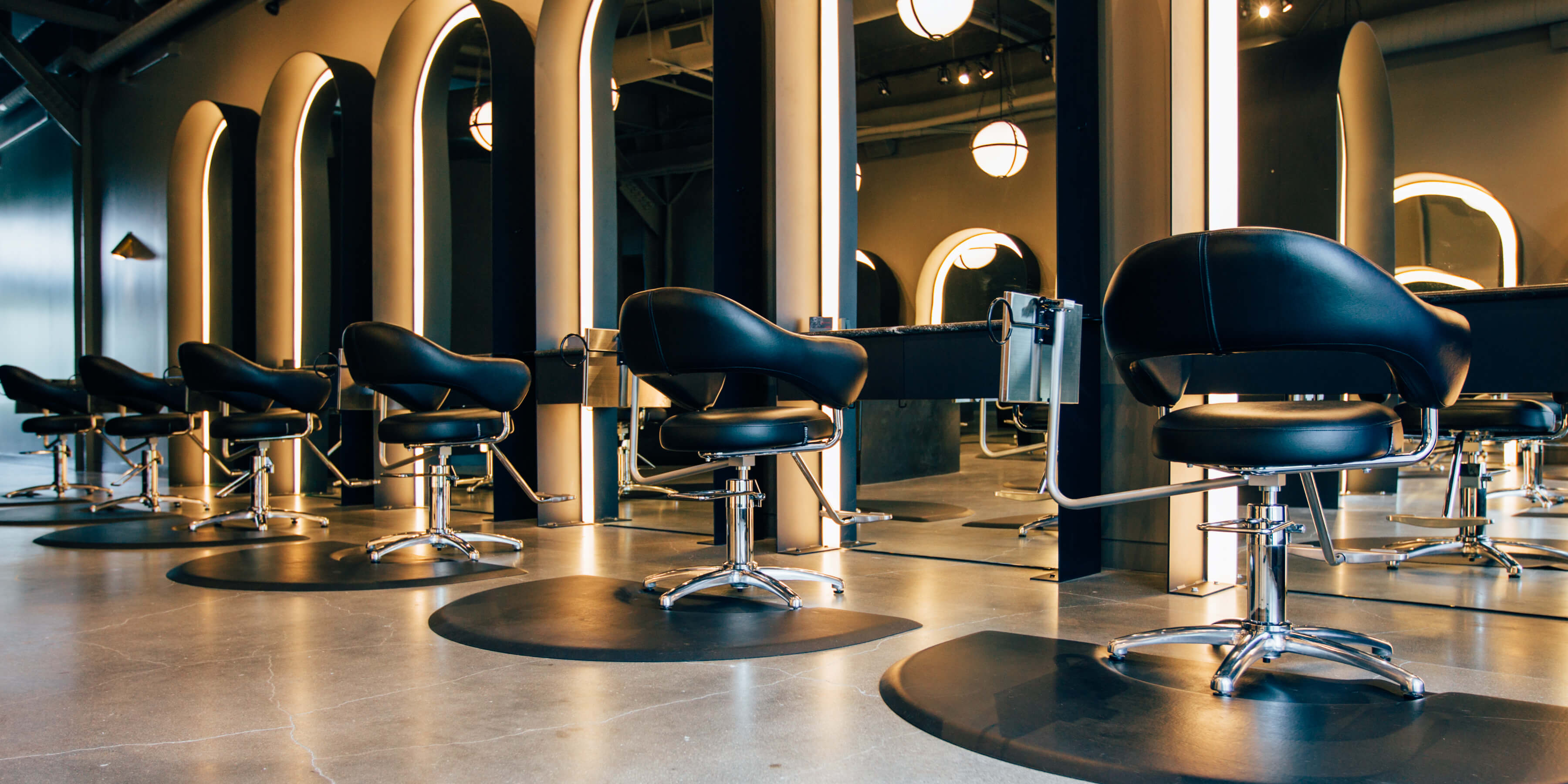
Plus, hiring producers need to get their hair cut too!
If you’ve gotten your start at a salon, don’t quit just because you booked your first gig. Chances are your first gig is a short or a student film that doesn’t pay anything.
More often than not, you’ll be working to build your portfolio.
2. Build your portfolio
Your portfolio is your calling card. Your resume and film credits help you stay connected, but it’s your portfolio that proves you can do the job.
There’s an art to maintaining a portfolio -- it shouldn’t be too long, but should grab attention immediately. Keep it updated with your most recent (and most exciting work) and be sure to showcase your range, at least early on.
ProductionBeast allows you to upload video portfolios to your profile, and it is becoming increasingly common to include a video portfolio alongside a personal still website.
This would be a good time to hit up any editor friends you have.
3. Make new friends
Aside from applying to job openings, the other main way people find jobs in the biz is through personal contacts.
You should always update your ProductionBeast profile every time you finish a shoot so you can keep in contact with everyone you worked with. If a key really liked you and can find you easily, they’re far more likely to hire you again.
Don’t forget to make friends with the actors you work with too. You never know when someone is going to break big. And when (if) they do, they might decide to bring you with them as their personal hair stylist or makeup artist.
4. Get paid
Like everything in Hollywood, makeup artist and hair stylists’ salaries are subject to negotiation. If you’ve won a Best Makeup Oscar recently, you can expect to be paid more than someone fresh out of cosmetology school.
Hair and makeup artists are often paid by their day rate, which can vary depending on the experience level of the artist and the complexity of the shoot.
However, no matter what the complexity, it’s very important that they are clear with the producer on how they’re defining “day”.
Day can mean the standard 8 hour day, but 10, 12, even 15 hour days are not uncommon on set.
Even if you aren’t in the union, there may be certain legal rights you are entitled to in regards to overtime pay. You can make the call to push for those rights or not, but it’s important to know.
5. Join a guild (if you’re eligible)
Hair stylists and makeup artists are represented by I.A.T.S.E. Local 706, also known as the Makeup Artists and Hairstylists Guild.
If you’ve worked the required number of hours, you’ll be eligible for membership, which allows you access to their health and pension plans. It also means you’re subject to the mandatory minimums that have been pre-negotiated for you by your union.
You’ll also have to work within the dictates of your union, which may restrict the jobs you can take. Everything’s a trade-off in Hollywood.
Camera Ready
Audiences often don't notice hair and makeup unless they’re big and obvious. Aliens on other worlds, hairstyles from ages past.
But every movie, from the biggest HBO blockbuster to the smallest student short needs a good hair and makeup person on hand to make everything look right under the harsh glare of the lights and uncompromising lense of the camera.
Movie makeup artist salaries and film hair stylist salaries may seem high sometimes -- but make no doubt, they earn them.
Makeup artists and hair stylists, what’s your favorite movie makeup job that isn’t sci-fi, fantasy, horror, or a period piece?
Let us know in the comments below!
LIKE THIS POST? SHARE IT!
"How to Get Started in Hair and Makeup on Film and Television" #filmmaking #filmmakers
